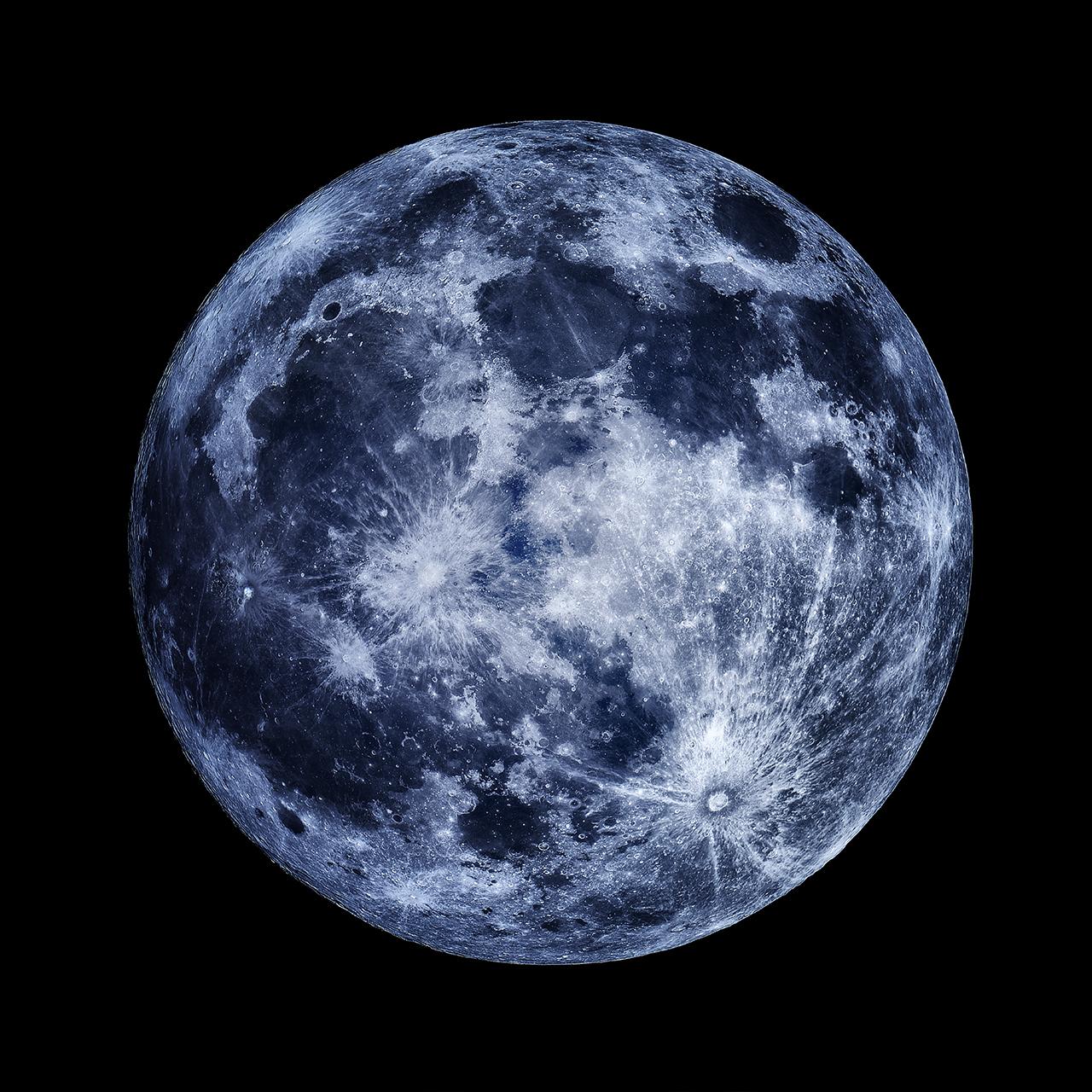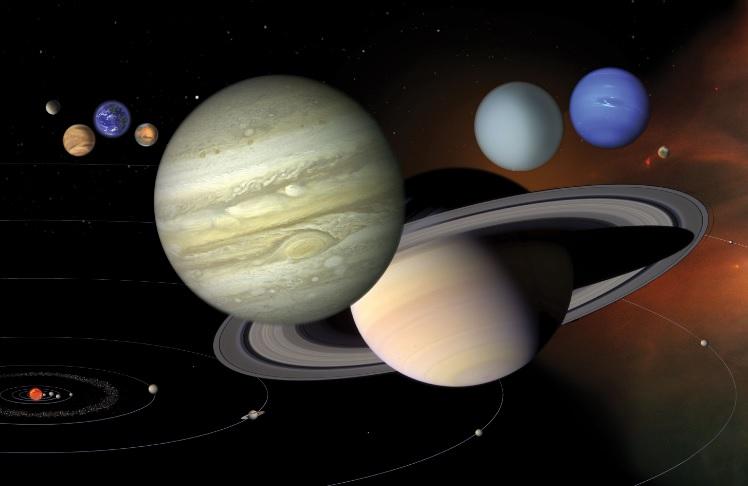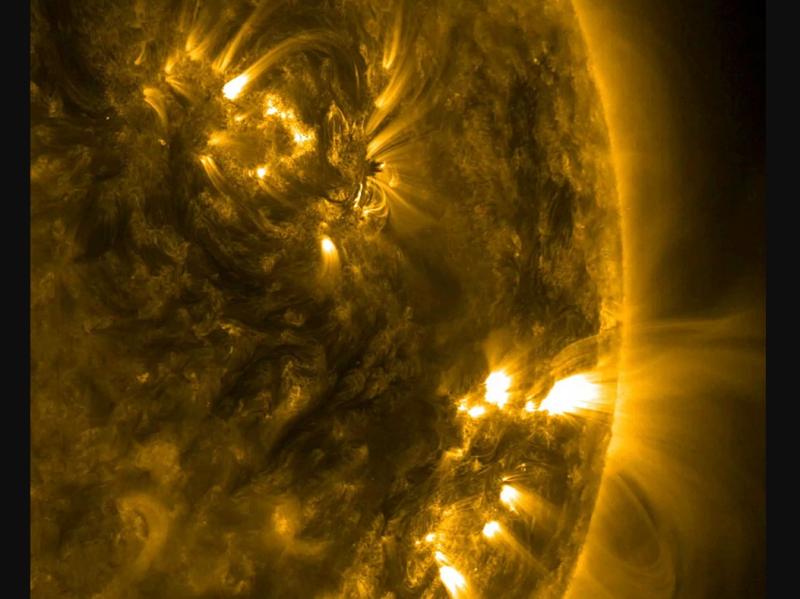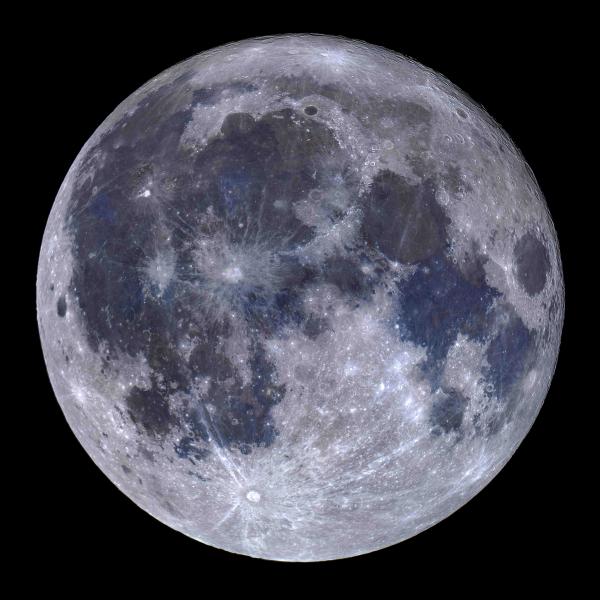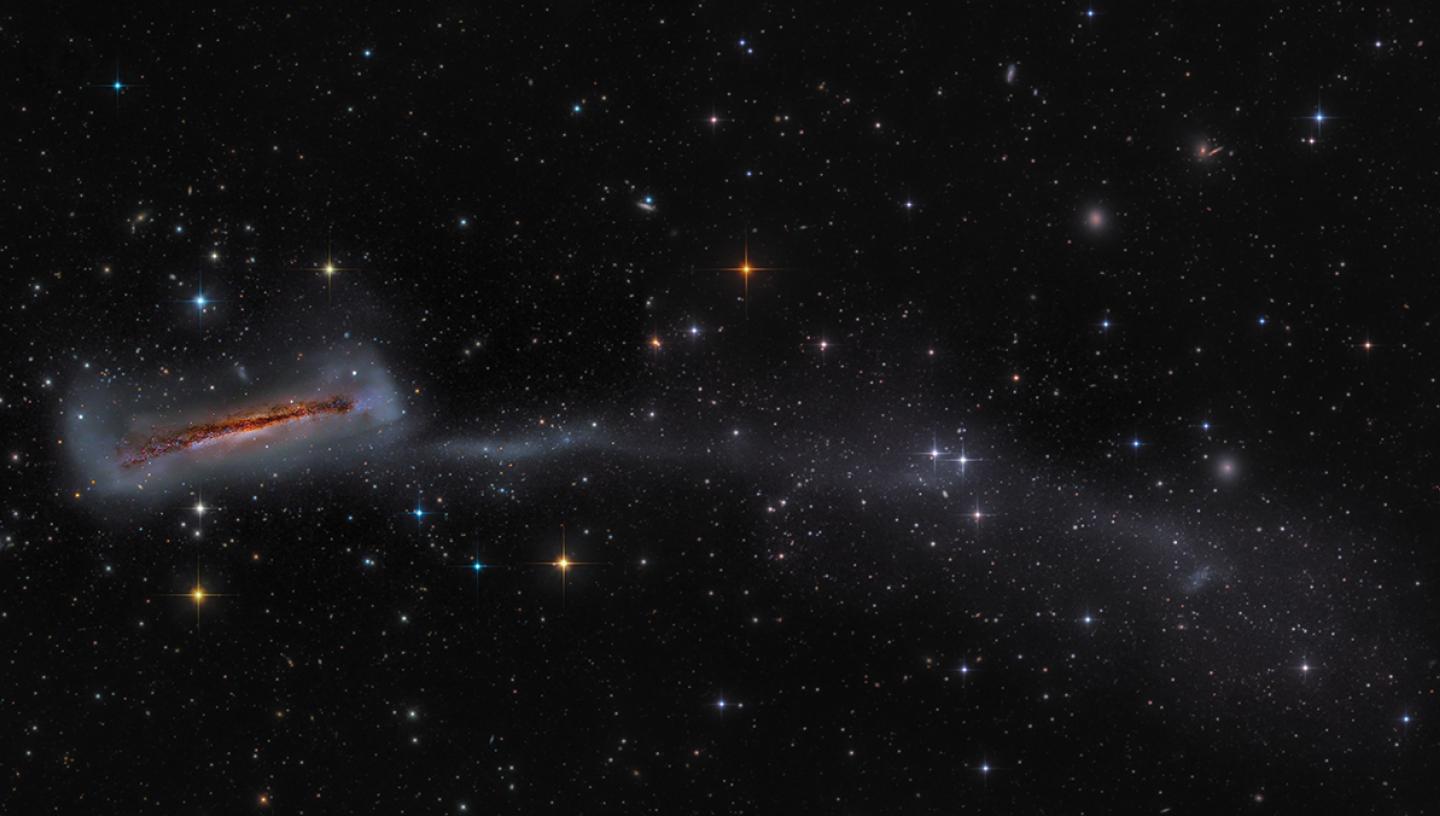
Discover what to see in the night sky in February 2021 including Mars and the band of the Milky Way.
Top 3 things to see in the night sky in February
(Details given are for London and may vary for other parts of the UK)
- Throughout the month – The red planet Mars continues to dominate the night sky.
- Throughout the month – Explore the winter constellations of Orion and Taurus.
- 11 February – Use the dark sky conditions to explore the band of the Milky Way.
Look Up! Podcast
Subscribe and listen to the Royal Observatory Greenwich's podcast Look Up! As well as taking you through what to see in the night sky each month, Royal Observatory Greenwich astronomers pick a topic to talk about.
For February, they're talking about the One Small Step Act which aims to protect landing sites on the Moon, and the Milky Way's Mexican wave. Have a listen below, then vote for your favourite story from this episode on our Twitter poll (@ROGAstronomers) during the first week of the month.
Our podcast is available on iTunes and SoundCloud
Astronomy in February 2021: key events and what to see
Throughout the month in the northern hemisphere

This month the red planet Mars will still be dominating the night skies, being visible every clear evening of February. Even from light-polluted London you should still be able to spot it in the south to south-western part of the sky, with an altitude of between 45 and 50 degrees – so relatively high above the horizon.
When looking for Mars it can be tempting to point to the first reddish-looking object in the night sky and declare your search over, but this month in particular you will need to be wary because the red giants of Betelgeuse and Aldebaran are also visible in the southern part of the sky. It should be relatively easy to tell the difference between Mars and these two stars as they will be almost in a line across the sky, with Mars western-most of the three. You'll also notice that Betelgeuse and Aldebaran twinkle, but Mars doesn't.
As the light from the stars passes through our atmosphere, the light gets bent, or refracted, by the air in the atmosphere. Planets don’t twinkle like stars because they are inside our solar system and therefore much closer to us than any of the stars in the night sky. This means they proportionally take up a larger section of the sky, so the light coming from them does not get bent by the atmosphere in the same way.
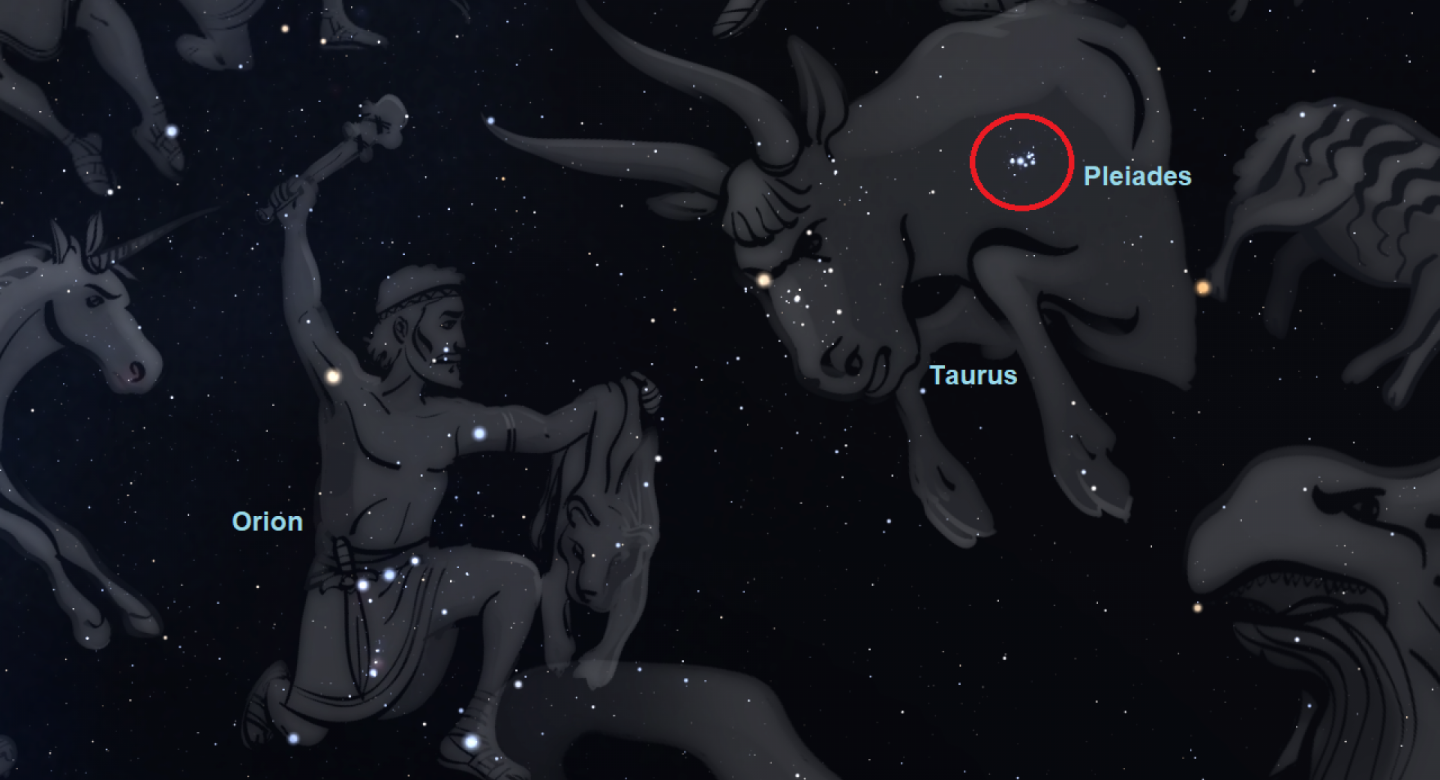
You’ve still got some time to spot some winter constellations before they disappear below the horizon for another year. Betelgeuse and Aldebaran are part of two wonderful winter constellations with some amazing history. Betelgeuse is part of the constellation of Orion the Hunter – his right shoulder to be exact. The constellation of Orion appears to be looking towards a cluster of very bright blue stars, the Pleiades.
The Pleiades are sometimes called the ‘seven sisters’ as you can see seven bright stars in the cluster with the naked eye, but there are actually hundreds of young stars inside the cluster. A line traced from Betelgeuse to the Pleiades will pass almost directly through Aldebaran, the angry red eye of the bull Taurus.
11 February – the Milky Way
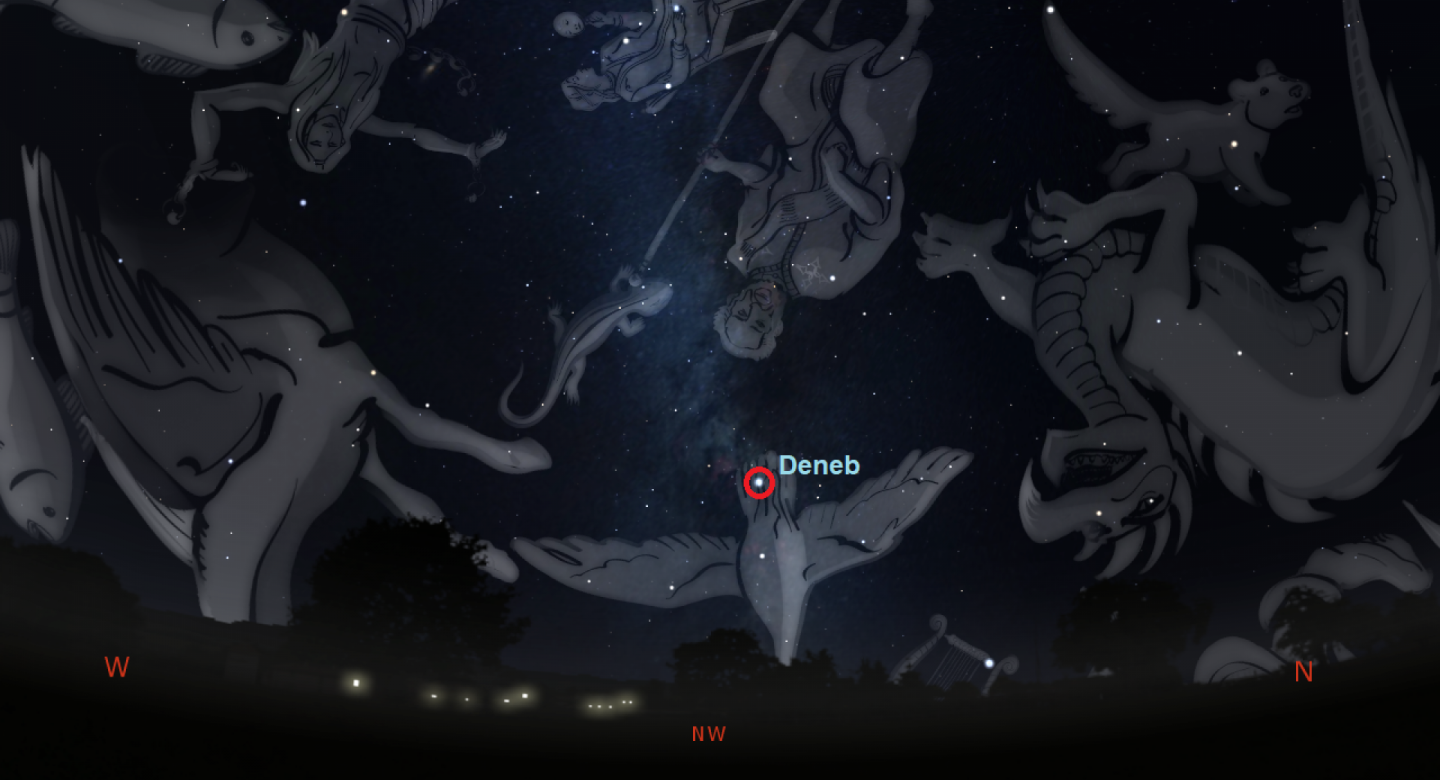
With the new moon occurring on the 11th of February, the middle of the month will be the best time for observing – perfect for a chilly Valentines date. If you’re lucky enough to live in a relatively dark area you don’t even need a telescope to see some amazing sights. See if you can spot the hazy smudge that is the interstellar medium of our Milky Way galaxy. If you’re in the UK, take a look towards the north-west around 7pm, and see if you can spot a near-vertical smudge across the sky. If you’ve got a good view of the horizon you can look for the bright star Deneb, part of the constellation Cygnus.
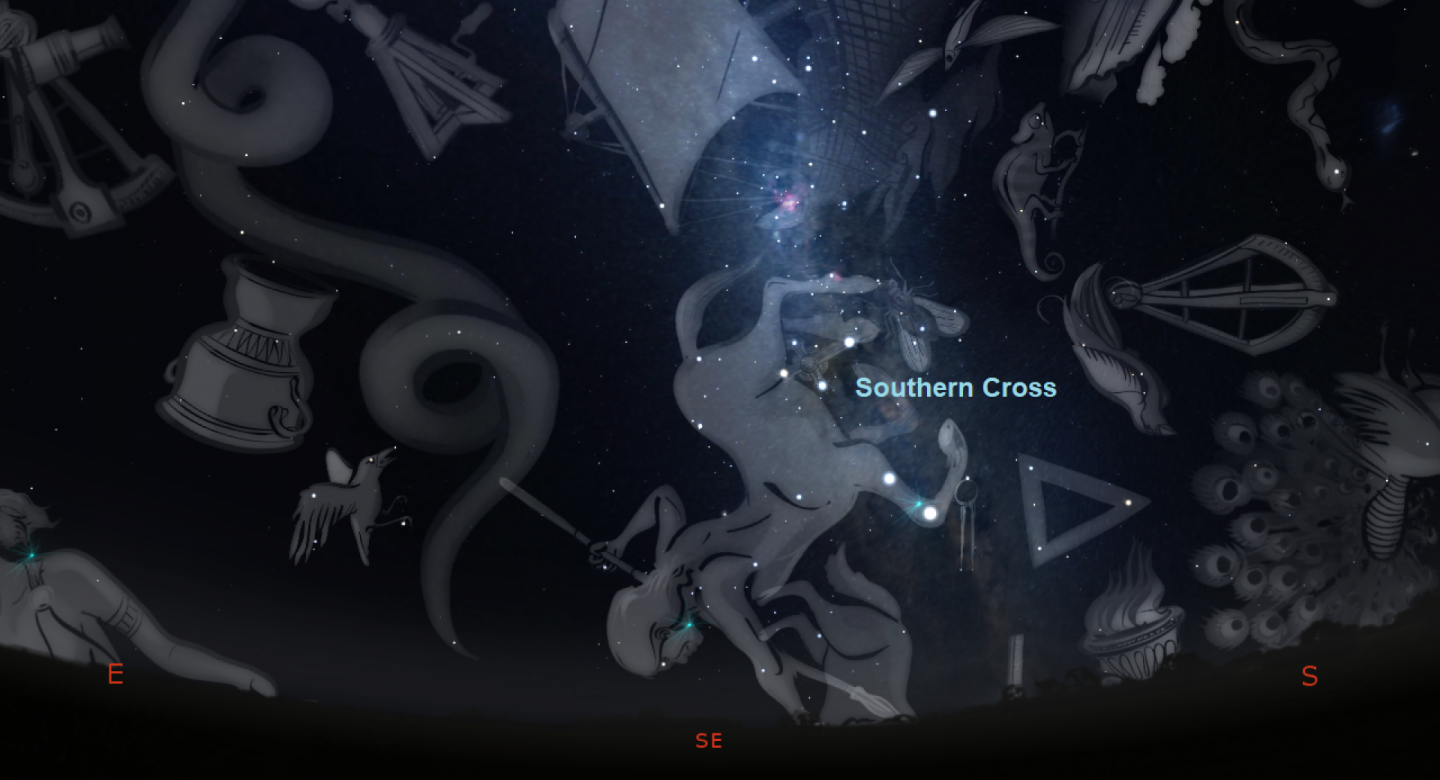
Those in the southern hemisphere will not be able to see this part of the Milky Way however you can get your own glimpse of its wonder by staying up a little later and looking towards the south-east around 10pm – right where the Southern Cross can be found.
Southern Hemisphere
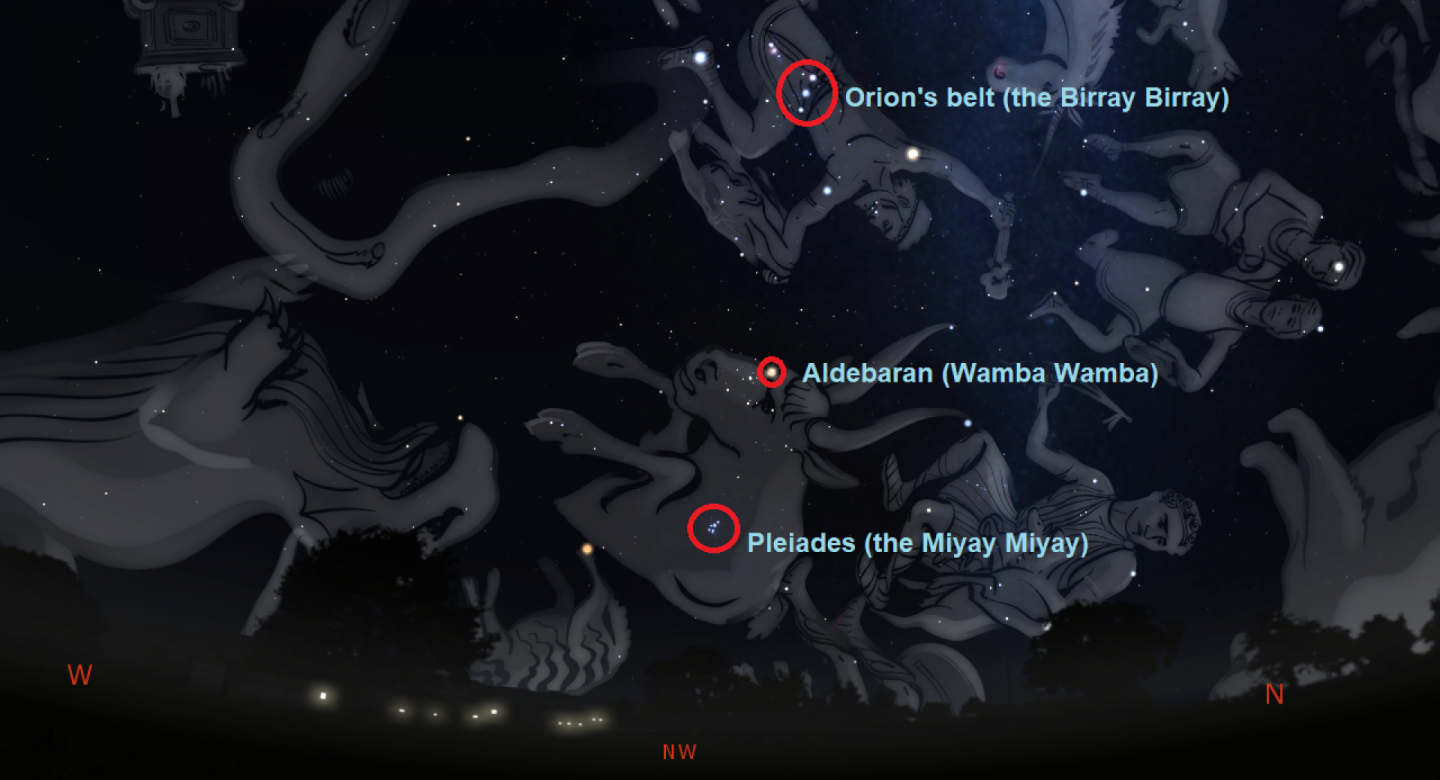
The Pleaides, Betelgeuse and Aldebaran are well known in the southern hemisphere too. Indigenous Australian peoples have for many years made patterns in the sky and told stories about these very same stars.
The Kamilaroi people also see the Pleiades as a group of seven young women, the Miyay Miyay, placed in the sky where their parents could keep an eye on them. In some stories they are being chased by the Birray Birray, three young men, represented by the three stars that the Ancient Greeks saw as Orion’s belt. To protect the Miyay Miyay from these young men, an old man, Wamba Wamba, was placed between them – this is the star Aldebaran. The ‘V’ shape of stars nearby is his gunya, or shelter; what the Ancient Greeks saw as the horns of Taurus the bull.
The Moon's phases this month
- 4 February: last quarter moon (5:37pm)
- 11 February: new moon (7:06pm)
- 19 February: first quarter moon (6:47pm)
- 27 February: full moon (8:17 am)
See the winning pictures from Insight Investment Astronomy Photographer of the Year 2020
Stargazing Tips
- When looking at faint objects such as stars, nebulae, the Milky Way and other galaxies it is important to allow your eyes to adapt to the dark – so that you can achieve better night vision.
- Allow 15 minutes for your eyes to become sensitive in the dark and remember not to look at your mobile phone or any other bright device when stargazing.
- If you're using a star app on your phone, switch on the red night vision mode.
- Need a stargazing telescope or binoculars? Check out our range of high quality observing equipment recommended by Royal Observatory Greenwich astronomers.
See our range of observing equipment
Share your pictures
This month's banner image is 'NGC 3628 with 300,000 Light Year Long Tail' taken by Mark Hanson, Runner up in the Galaxies category of the Insight Investment Astronomy Photographer of the Year 2020 competition.
Would you like the chance to have your image of the night sky used for our banner image? If so, share your photos via our Royal Observatory Astrophotography Facebook group
You can also connect with us on Twitter: @ROGAstronomers
Subscribe to our brand new YouTube channel and join us on a journey through time and space as we explore our wonderful Universe.
Solar System Discovery – Online Planetarium Show
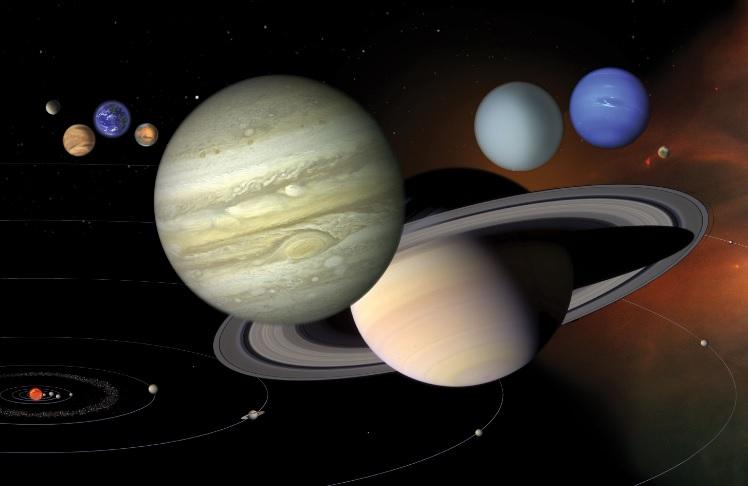
Join us for Solar System Discovery, a live online planetarium show presented by an astronomer from the Royal Observatory Greenwich. The Universe is a vast and intriguing place, and this show explores our own little corner of it: the Solar System. Starting from our home planet, the Earth, we’ll travel through our celestial neighbourhood, visiting objects like planets, moons and asteroids, and ending with a fly-out to view our galaxy, the Milky Way.
Observatory Online
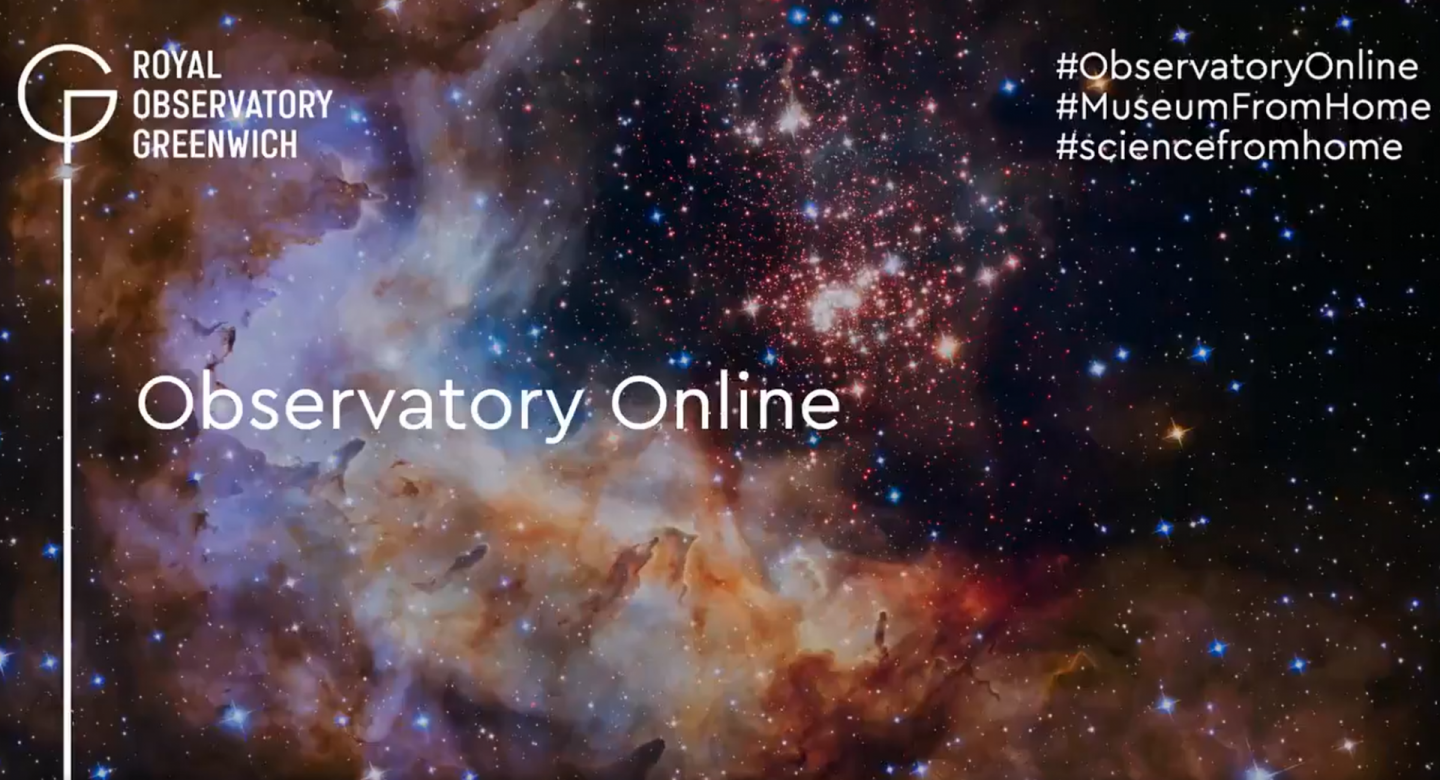
In our Observatory Online video series, posted on our Twitter account, our astronomers explore different topics in Astronomy and space exploration. Each week we'll also show you what's up in the night sky for that week, so do keep an eye on our Twitter account if you're a keen stargazer.
Resources for teachers and students
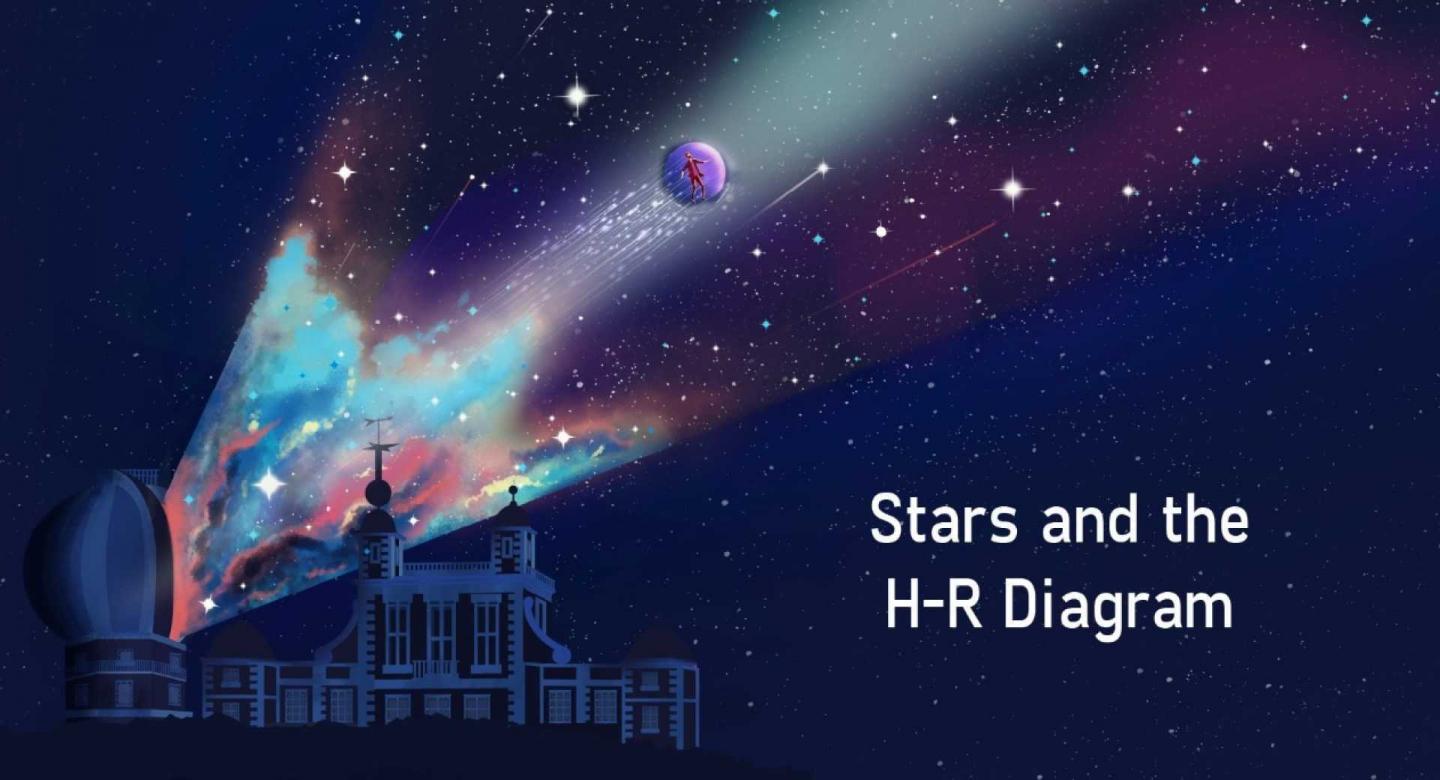
The Royal Observatory Greenwich's learning team has also created:
- Free animated videos that answer the biggest questions in astronomy and free resources to go alongside them.
- A whole host of podcasts featuring interviews with real space scientists, astronauts and active researchers working in UK universities.
- A 'Learning at home' hub which contains a suite of resources for you to use at home.
Main banner image: NGC 3628 with 300,000 Light Year Long Tail © Mark Hanson
